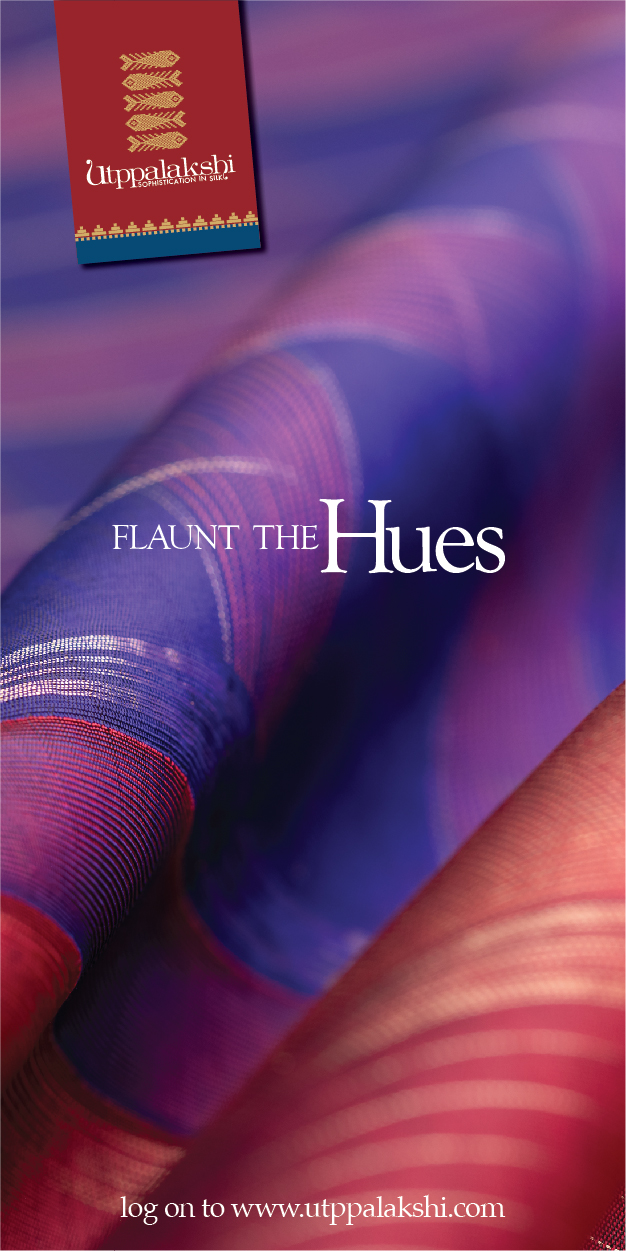Kolam is a traditional art form and ritualistic practice in South India, particularly in Tamil Nadu, known by various names like muggulu in Andhra Pradesh and Telangana, rangoli in Maharashtra, hase, and rangavali in Karnataka, alopana in Bengal, among others. It involves creating intricate and colorful designs on the ground using rice flour, colored powders, or flower petals, representing a visual expression of beauty, symmetry, and cultural heritage.
The essential elements of Kolam are dots and lines, and the principle of symmetry is fundamental to all its styles, distinguishing it from the colorful rangoli of the north.
The different types of Kolams are as follows:
- Pulli Kolam: This involves placing dots equidistantly to create a base design grid, and then patterns are formed by connecting these dots using lines. It is the simplest form of Kolam, often used by beginners.
- Padi Kolam / Manai Kolam: Padi Kolams are drawn with parallel lines in a repetitive and symmetrical manner, forming geometric shapes adorned with embellishments. The basic design is a square, and patterns are built around it. Some refer to Padi Kolams as patterns created by adding rows of steps.
- Sikku / Chikku Kolam, Neli Kolam & Kambi Kolam: This style features intricate, linear, and curvilinear patterns that entwine around the dots. Sikku/ Chikku means “Knot” in Tamil, and Neli means to move gracefully or slither. Kambi refers to metal wire. These Kolams are the most complicated and challenging, adhering to the cardinal rules of symmetry, where lines can cross each other only once, and all dots must be covered on all sides.
- Freehand Kolams: This style allows for more artistic expression, where designs are drawn without the use of dots or grids. Artists showcase their creativity and create unique designs using their imagination. Rangoli, the north Indian counterpart, is a classic example of this style.
Kolam in Tamil Nadu is muggulu in Andhra Pradesh and Telangana, rangoli in Maharashtra, hase and rangavali in Karnataka, alopana in Bengal, to name a few, serve as synonyms for this intricate art form that celebrates the principle of symmetry in its diverse and captivating designs.
Life is beautiful if we choose for it to be. Let’s draw happiness!



